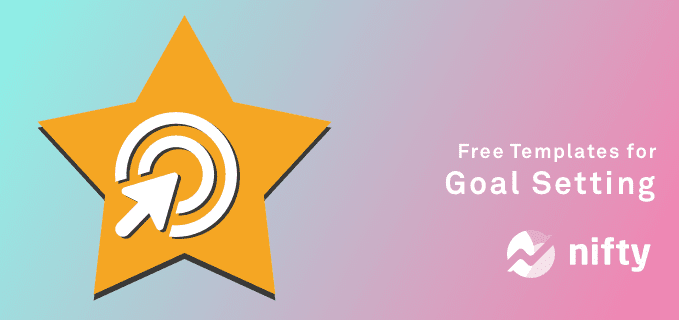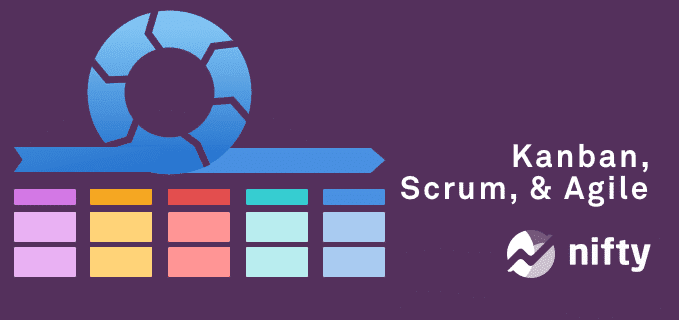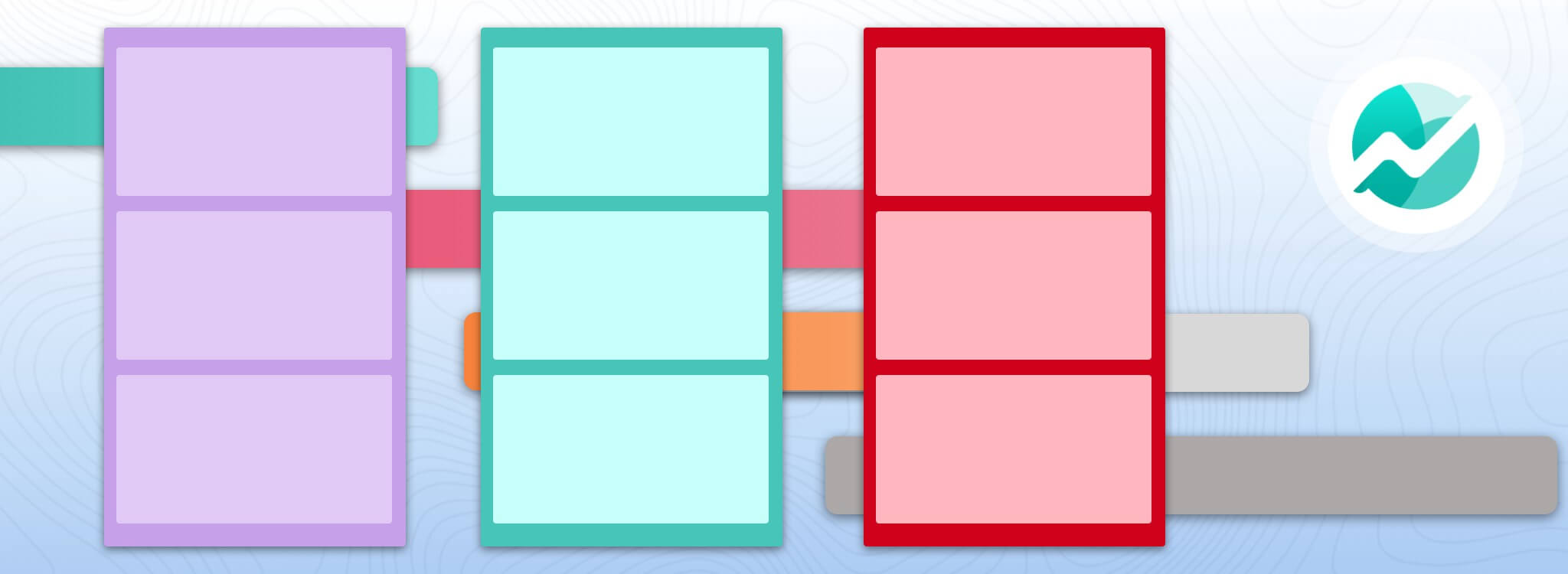
Scrumban is the combination of the Agile methodologies of Scrum and Kanban. Since project managers are always looking for ways to do things more efficiently, they created this hybrid system that allows managers to facilitate stakeholder and production needs through a more visual approach.
Scrumban was created to meet the needs of teams who wanted to minimize the batching of work and adopt a pull-based system. It’s a highly versatile project management system for development and maintenance projects.
To better understand Scrumban, let’s dive into the two methodologies from which it derives.

What is Scrum?
Scrum project management was originally designed to help teams move quickly and respond to emerging requirements. It’s particularly helpful in frequently changing environments as it allows teams to iterate in fixed-length development cycles called sprints, usually lasting around two weeks or 14 days.
Scrum teams are designed to be minor, cross-functional, and self-organizing. This helps them split work into increments and prioritize tasks based on the effort needed to complete them. On a Scrum team, a product owner usually selects the work to be done on each sprint, and then the team meets it during that allotted time.
What is Kanban?
Kanban project management is a visual process flow that has its roots in manufacturing. All work items are visualized on cards on a board that represents process stages. These boards manage the collective work of the team. They also prevent overburdened teams by limiting the amount of work they can do at any given time through WIP (work in progress) limits.
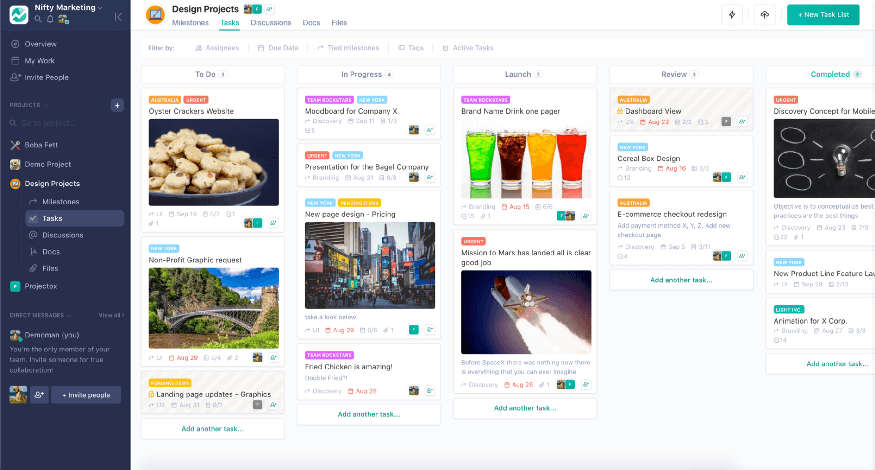
Source: Nifty Kanban View – try for free!
Kanban teams practice a continuous flow approach focused on planning, working, reviewing, and measuring the results. The main measurement is lead time, the average time from when work is requested to when it is finished.
How are Scrum and Kanban similar?
Team structure: Both Scrum and Kanban focus heavily on self-managed teams. Developers can direct their work using the business objectives as guidelines for what to achieve. Both approaches promote autonomy and respect for people, allowing them to do their best work.
Work packages: Scrum and Kanban prioritize well-defined user stories to be accomplished and delivered separately. In Scrum, teams define workloads based on task complexity and sprint time. Kanban limits the number of items a team works on at any time to prevent overload. They have a ‘rabbit and hare’ approach to workloads: Scrum measures team productivity based on the time needed to complete tasks, while Kanban has a more slow and more steady process based on continuous WIP and story limits.
Board structure: Kanban boards are split into columns and swimlanes. Each column represents a workflow stage, and swimlanes differentiate different activities. A typical Kanban board would have three sections to show the state of a team’s tasks: To Do, In Progress, and Done.
Scrum boards also contain horizontal and vertical swimlanes that track task progress and committed stories during a sprint. A standard Scrum board would have several more columns: Stories, To Do, In Progress, Testing, and Done. Team members can move their tasks as necessary.
What exactly is Scrumban, then?
Scrumban combines the structure of Scrum with the flow-based processes of Kanban. This allows teams to adapt and change to stakeholder and production requirements without overloading themselves. Scrumban can also be used as a pathway from Scrum to Kanban and incorporate Kanban’s concept of continuous improvement without altogether leaving the Scrum framework.
Scrumban implements the following concepts from Scrum & Kanban:
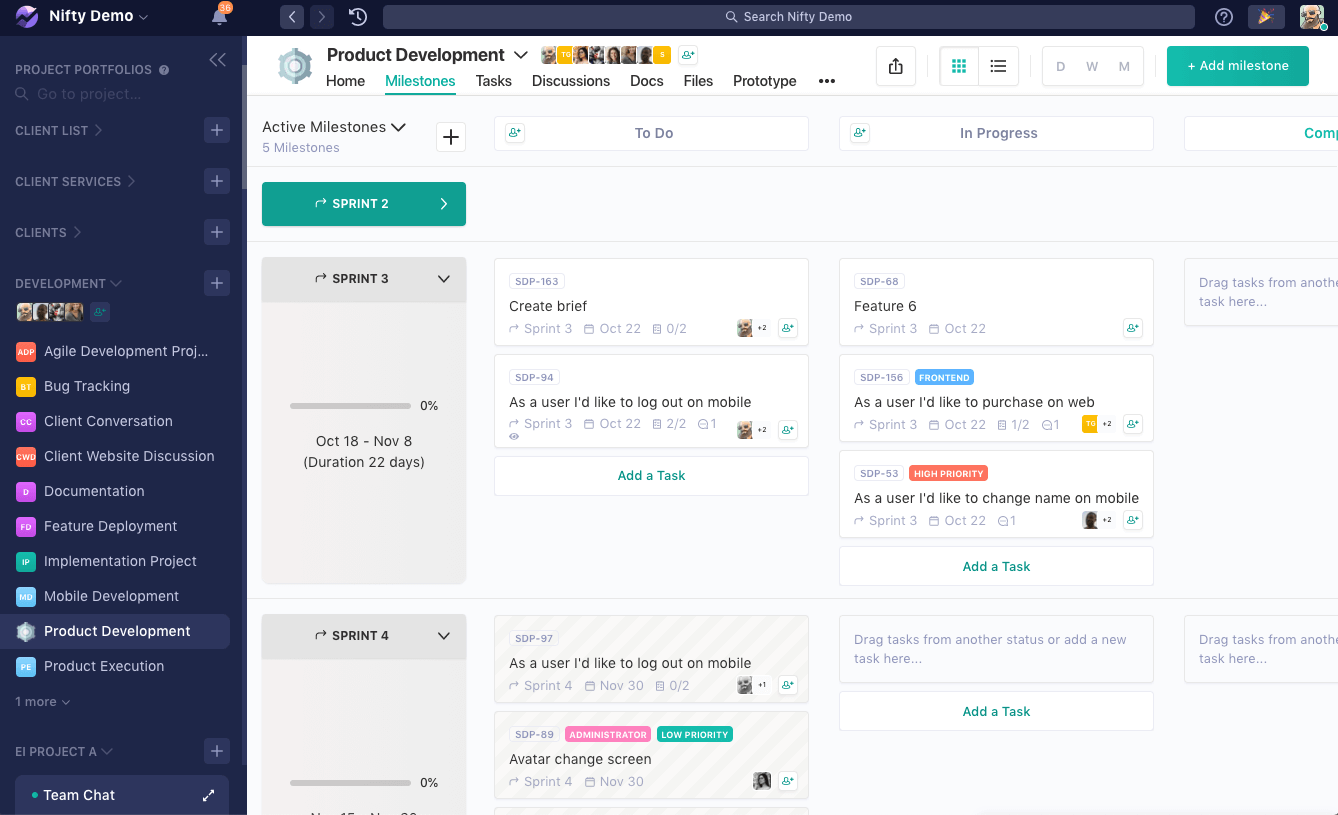
Scrum:
- Planning iterations at regular intervals to be synced with reviews and retros
- Decide the amount of work to pull into a sprint based on complexity and sprint length
- On-demand prioritization to provide the team with the most logical thing to work on next
- Provide analysis before starting development to define the ‘Ready’ state
- Use the ‘Ready’ queue to organize tasks
Kanban: The addition of Kanban techniques brings process improvement, visualization, and value metrics to the Scrumban process.
- A pull system and continuous workflow: Teams can pull items into ‘Doing’ as capacity increases
- WIP limits explicitly state how many things can be in progress at any time
- The flexibility of individual roles on the team
- Short lead times to emphasize timely planning and analysis
- Process buffers and flow diagrams to diagnose process weaknesses and areas of improvement
- Use process buffers and flow charts to expose process weaknesses and identify opportunities for improvement
- Emphasize cycle time predictability
- Use policies to make process step transitions clearer
Utilizing Swimlanes
Swimlanes organize the task lifecycle into columns across the phases of each group of tasks in rows. The swimlane intersection makes it easy to visualize the status of a task and the relative phase it belongs to.
The Swimlane view also allows for tasks to be redistributed across statuses and phases (in the example of Nifty, these phases are called “Milestones”) in a single action. This might occur when a shift in priorities moves a feature into a new sprint, be it an earlier or later release.
Final thoughts on Scrumban
Scrumban is an effective and efficient solution for teams who appreciate the structure of Scrum with the flexibility of flow-based methods. It’s also great for teams transitioning from Scrum to Kanban, providing an excellent mid-way point between the two. Many teams use Scrumban and Swimlane views as a transition point between a less mature and more mature Agile project management practice.
